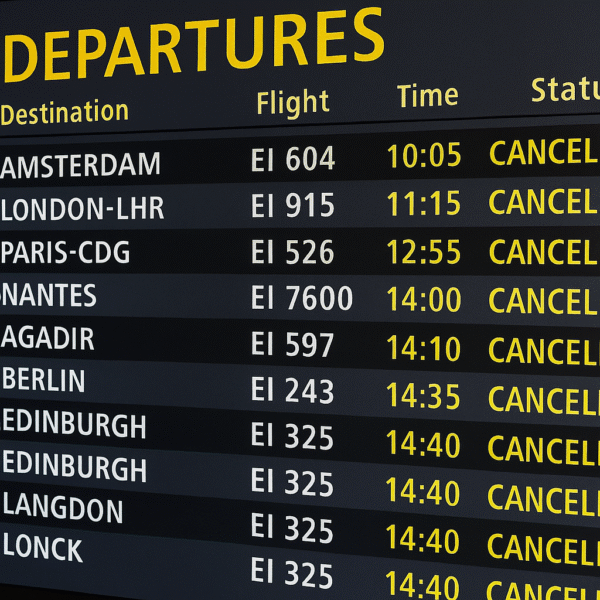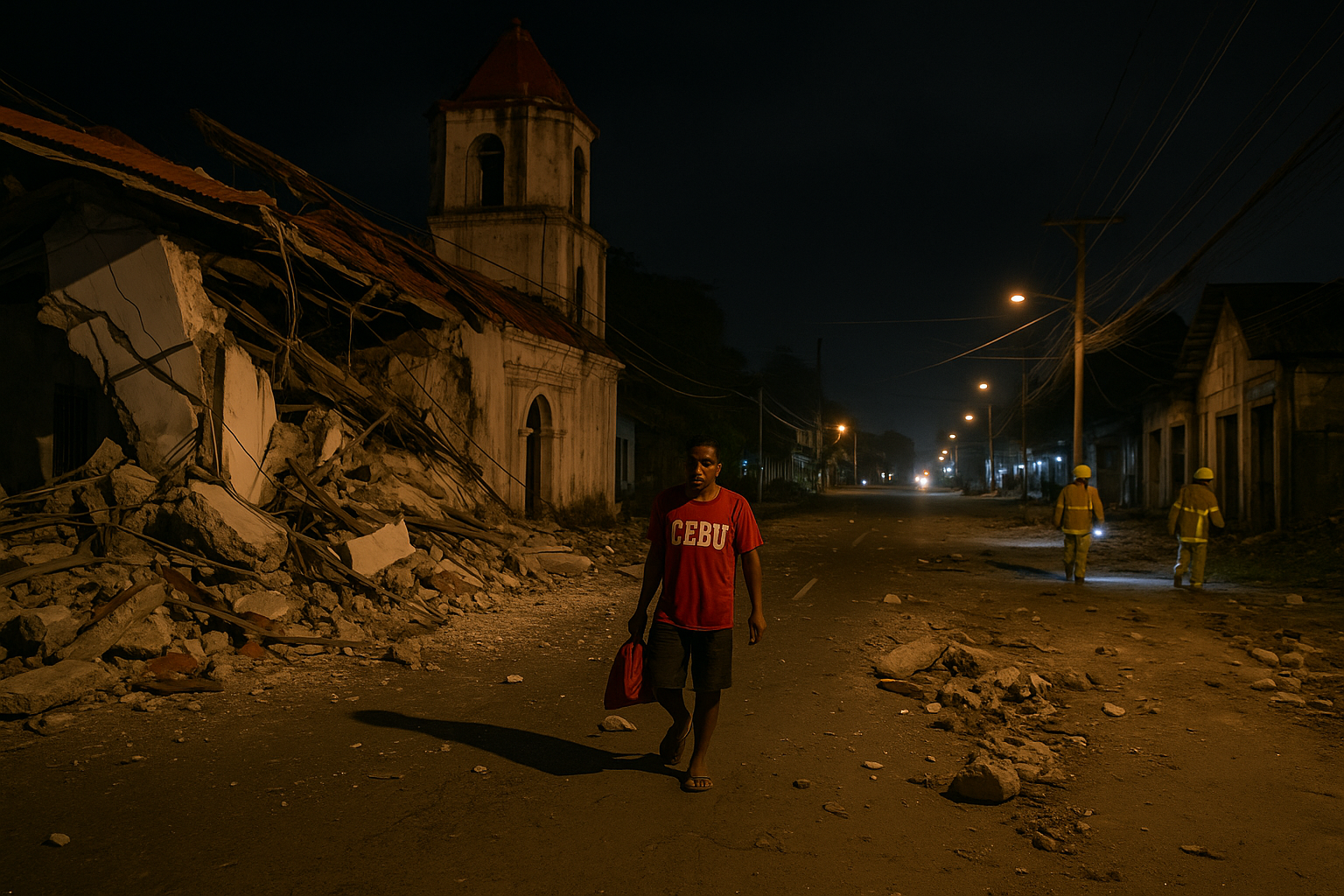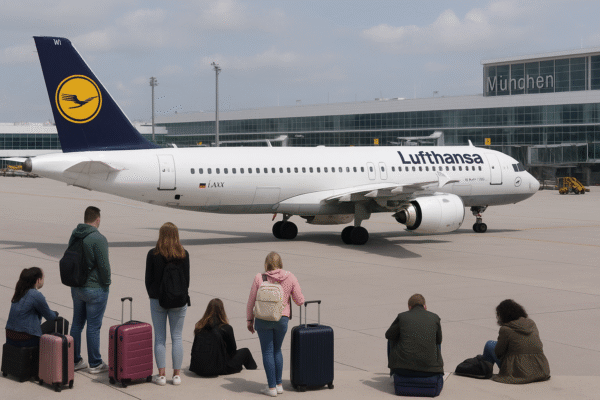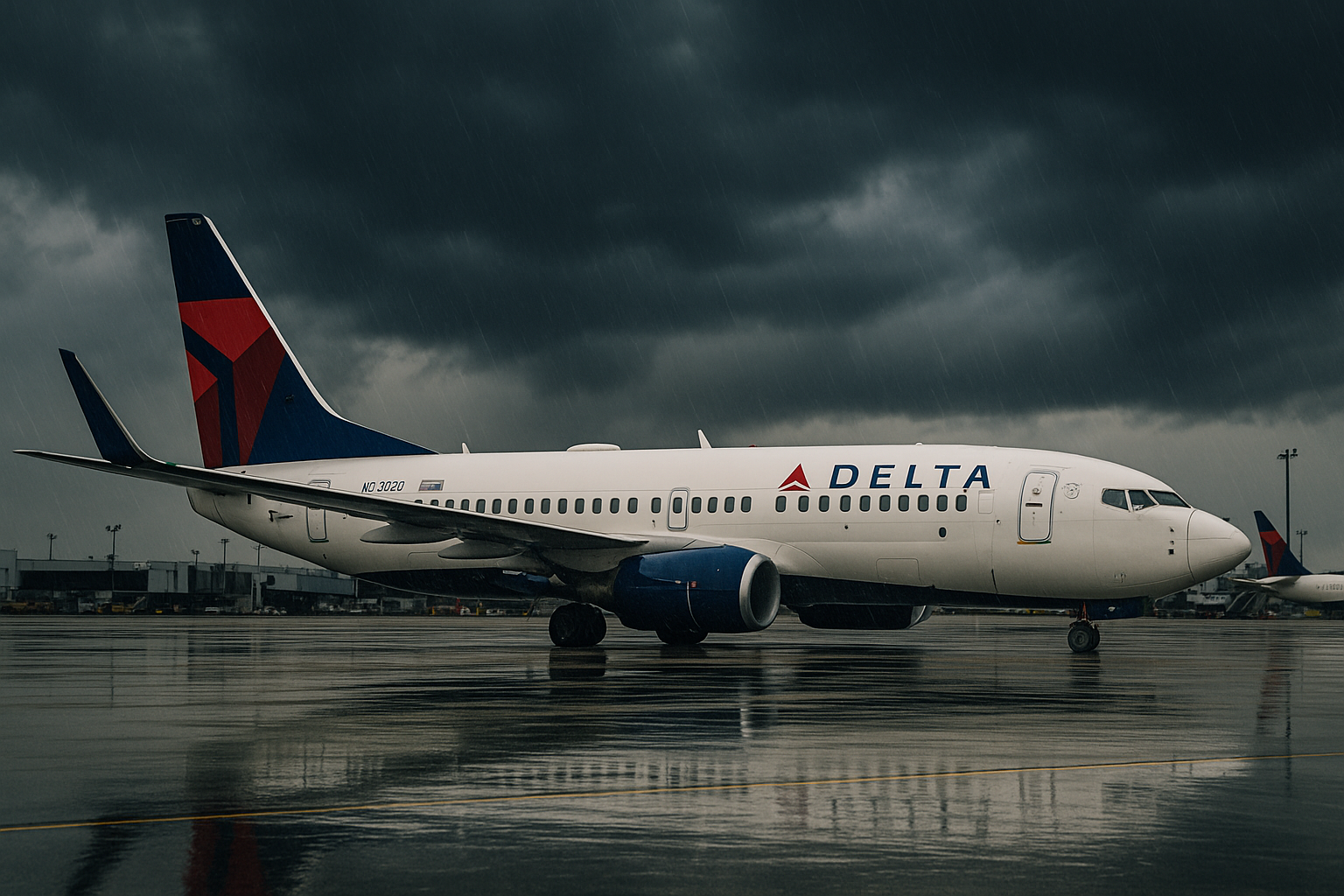Severe Weather Triggers Mass Flight Disruptions Across Major U.S. Airports, Affecting Travelers from Canada to Brazil
In one of the most impactful travel disruptions of the summer season, a powerful storm swept through the eastern United States on June 29, 2025, causing widespread flight delays and cancellations across key airports including Charlotte Douglas International Airport (CLT), John F. Kennedy International Airport (JFK), and Washington Dulles International Airport (IAD). The storm’s intensity forced airlines to ground aircraft, impacting both domestic routes and critical international connections from Canada, Mexico, Brazil, Costa Rica, and El Salvador.
Thousands of passengers across North America and Latin America were caught in the chaos, with severe weather bringing freezing rain, strong wind gusts, and limited runway visibility. The Federal Aviation Administration (FAA) issued a temporary ground stop at JFK from 7:11 p.m. to 8:30 p.m. as weather conditions overwhelmed air traffic operations.
Charlotte Douglas: Hub of Delays
Charlotte Douglas International Airport experienced the highest number of disruptions among affected airports. A total of 448 flights were delayed, with an additional 46 flights canceled. PSA Airlines and American Airlines bore the brunt of these operational issues. PSA, a regional partner for American, reported 96 delayed flights—nearly 34% of its operations—and 27 cancellations. American Airlines itself saw 214 delayed flights and 17 cancellations, impacting both short-haul and international connections.
The cascading delays caused significant backlogs throughout the terminal, with long lines forming at rebooking counters and passengers struggling to adjust travel plans.
JFK: Ground Stop and Long-Haul Disruptions
John F. Kennedy International Airport, a major international gateway, was forced into a temporary ground stop that brought all arrivals and departures to a halt. JFK recorded 124 delays and 21 cancellations as heavy rains and low visibility hampered operations. Airlines operating long-haul routes, including flights to Asia, Europe, and the Middle East, were particularly affected.
Delta Air Lines experienced 21 delays and six cancellations at JFK, while international carriers such as JetBlue Airways, Japan Airlines, and Qatar Airways reported widespread scheduling adjustments. Passengers flying from Latin America through JFK faced compounded issues, especially those making onward connections to Europe or Asia.
Washington Dulles Faces Disruptions
At Washington Dulles International Airport, 84 flights were delayed and 18 were canceled. Regional carriers such as Republic Airways, PSA Airlines, and Delta faced operational slowdowns. Republic Airways alone reported 12 delayed flights and 9 cancellations, which translated into ripple effects on routes connecting to Central and South America.
Several international airlines—most notably Emirates, Ethiopian Airlines, and Korean Air—also experienced delays, leaving global travelers stuck in transit or facing rebooked itineraries.
Airlines Across the Americas Affected
U.S.-based and international carriers alike faced significant disruption due to the storm:
- American Airlines: 214 delays, 17 cancellations
- Delta Air Lines: 21 delays, 6 cancellations
- United Airlines: 3 delays
- JetBlue Airways: 3 delays
- PSA Airlines: 96 delays, 27 cancellations
- Endeavor Air, Envoy Air, SkyWest: Delays ranging from 3 to 12 flights
- Republic Airways: 12 delays, 9 cancellations
International flights from Latin American carriers such as Aeromexico, Avianca, and Copa Airlines also saw ripple effects, especially for routes connecting through New York and Washington. Passengers traveling from Mexico City, São Paulo, San José, and San Salvador encountered rebookings, overnight delays, and lost luggage as airlines struggled to recover operations.
Weather Conditions Cripple Operations
The storm’s intensity—marked by freezing rain and high winds—complicated aircraft de-icing, increased taxiway congestion, and significantly reduced runway visibility. FAA controllers were forced to hold aircraft in air traffic patterns, leading to longer flight times and exhausted fuel reserves for some aircraft, necessitating emergency landings at alternate airports.
Ground crews at CLT, JFK, and IAD worked tirelessly to de-ice aircraft, but many passengers waited several hours on tarmacs. The backlog from these delays quickly rippled across the entire U.S. air network.
Passenger Impact and Airline Response
Social media platforms were flooded with posts from distressed travelers stuck at major airports. Many passengers reported missed international connections, limited customer support, and a lack of real-time updates. Hotels near affected airports quickly filled up, leaving families, business travelers, and students stranded in terminals overnight.
Airlines, meanwhile, activated emergency response protocols to assist passengers. Rebooking services, meal vouchers, and compensation claims were initiated, but the volume of affected flights strained response capacity. American Airlines and Delta issued travel waivers, allowing customers to rebook without penalties.
Outlook: Continued Delays Possible
Though the storm system has moved out of the region, the recovery for airline schedules—especially long-haul routes—may take several days. International flights with limited frequency, such as those operated by Emirates or Korean Air, are expected to experience continued delays due to repositioning challenges and reduced crew availability.
Passengers are strongly advised to:
- Check flight status frequently via airline apps and airport websites
- Arrive early at terminals to manage security and rebooking lines
- Contact airlines directly for up-to-date rebooking options and delay compensation
- Monitor weather conditions if connecting through major hubs in the Eastern U.S.
Conclusion
The June 29 storm has served as a stark reminder of the fragility of air travel operations in the face of extreme weather. With thousands of travelers from North and South America affected, it highlights the need for robust communication strategies, flexible scheduling, and real-time crisis response across the aviation industry.
As airports recover and airlines adapt, travelers are urged to remain patient and informed as they navigate the aftermath of one of the most disruptive travel days of 2025.
For more travel news like this, keep reading Global Travel Wire

















